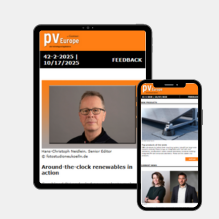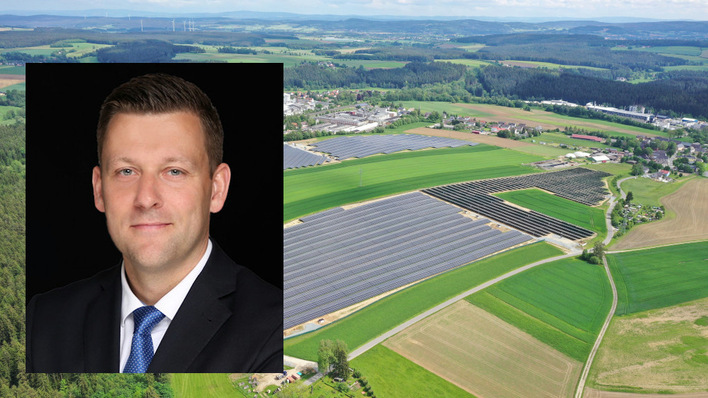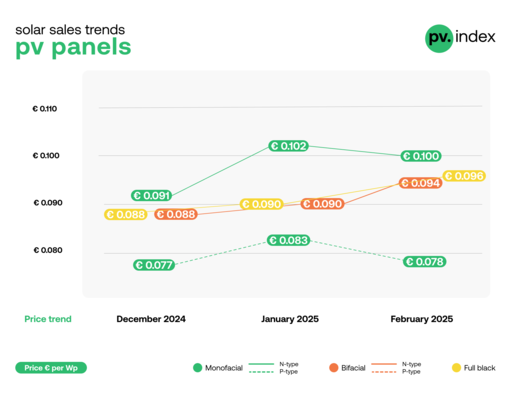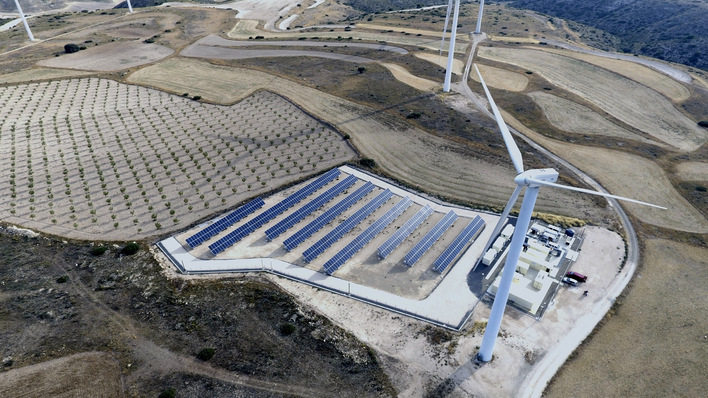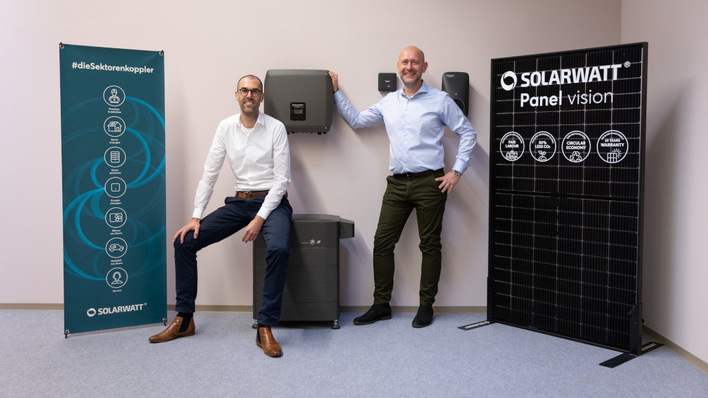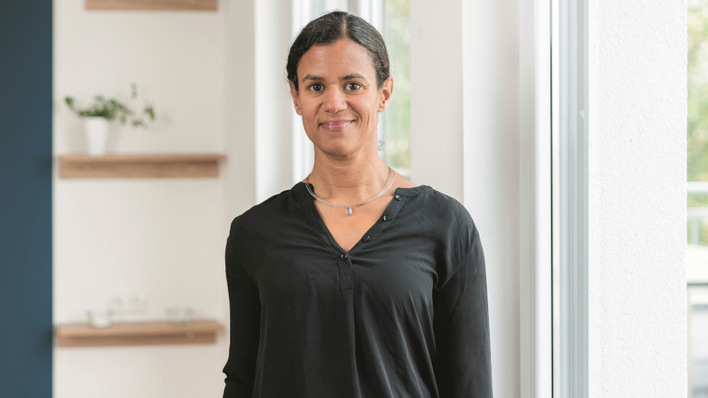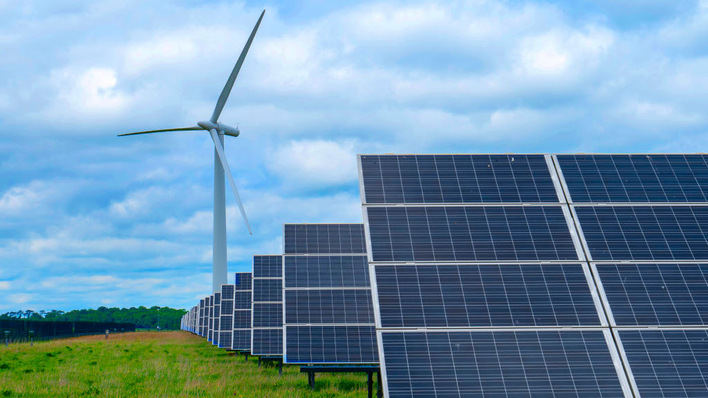From a hushed championship hall lined with national flags to a sun-drenched square in Europe, the game of chess is united by a quiet, strategic intensity. Each move is deliberate, every piece considered. For the best players, it is never about this pawn or that knight – it is about shaping a broader game long before the end is in sight. Each calculated decision is a step towards controlling the whole board.
For today’s solar operators, the challenge is remarkably similar. They must anticipate the future, forecasting the shifts in demand, regulations and technological adoption that will shape their long-term success for the next ten, twenty or even thirty moves ahead.
AI takes centre stage at Solar Quality Summit Europe 2026
However, this strategic foresight is only as effective as the tools that enable it. Operators need to see every piece in play: every PV module, every storage unit, every interdependency. By consolidating real-time data, they can bring scattered insights together into a single energy management platform and view the full picture of their infrastructure in real time. Like a chess Grandmaster surveying the entire board, leaders gain the clarity to anticipate risks, reduce downtime and shape a proactive strategy.
Seeing the whole board
The renewable energy sector is in the midst of profound transformation. European targets for carbon reduction, coupled with surging demand for decentralised and hybrid power systems, create a landscape of both opportunity and risk.
In Q2 of 2025, 54 percent of Europe’s electricity was generated from renewable sources, and in June 2025 solar became the EU’s main source (36.8 percent) of electricity for the first time in history. In the meantime, European electricity demand is projected to grow 60 percent by the end of the decade. As a result of the Fit-for-55 package, the EU made it a legal obligation to reduce emissions by 55 percent by 2030 – urgency for clean energy in the region is clear.
With this growth comes an unprecedented shift. For solar operators, the challenge is not just deploying new capacity but ensuring that solar infrastructure and digital systems can keep pace with the accelerating transition to a more decentralised and hybrid energy grid.
Historically, energy operators managed a handful of large, centralised power stations that distributed electricity over long distances. Today they manage tens, hundreds and in the future potentially thousands of dispersed renewable power plants. Each site, whether a solar park, wind farm or hybrid installation, adds further layers of complexity.
Expert view – the ten key tech trends shaping renewables
Hybridisation, in particular, is reshaping operations. Investment in these modern plants is accelerating, especially in countries such as Bulgaria, Spain and Greece. Developers are increasingly combining solar assets with battery storage to stabilise output and provide flexible dispatch. Yet most legacy control systems were never designed with hybrid environments in mind, leaving operators with siloed data, fragmented oversight and greater operational risk.
Maintenance, too, is an escalating challenge. With so many distributed assets, interventions must be scheduled strategically to minimise operational disruptions. While the profound shift towards decentralisation has promoted grid resilience and reduced transmission losses, it demands new levels of coordination, precision and foresight.
Legacy systems are struggling to keep pace with the growing demand for renewables. While efforts are underway in Southeast Europe, with CESEC members working to implement harmonised EU rules to optimise energy infrastructure and efficiency, operators still face challenges. Data remains siloed, oversight is fragmented, and operations are reactive. This means greater risk at precisely the time resilience is most needed. For solar operators, ensuring that infrastructure and digital systems can evolve alongside this rapid transition is critical to success.
Playing with foresight
Fortunately, there is an answer. As the energy grid shifts toward decentralisation, it is also riding a broader wave of digital transformation. AI, machine learning and predictive analytics are revolutionising decision-making in energy, just as they now consistently outplay even the world’s greatest chess players.
Solar Investors Guide – Hackers highlight solar infrastructure risks
For energy operators with hundreds of dispersed assets, keeping track of performance, maintenance schedules and operational risks requires more than human memory or intuition. By unifying real-time data from solar inverters to storage with integrated predictive intelligence, operators can detect hidden underperformance, forecast maintenance needs and make dispatch decisions with precision. Operators move from firefighting to foresight, allowing previously siloed assets to speak the same language.
This shift, now supported by hybrid energy management systems designed specifically for complex plants, gives operators the visibility, control and predictability needed to maximise performance and profitability.
Staying ahead of the game
As leaders, our role is not only to anticipate the next move but to shape the entire game ahead. In this case, the sector’s future will belong to those who can forecast disruptions and make decisions that pave the way for long-term growth. As renewable energy generation expands, particularly in solar, success lies in the ability to see the whole board, aligning short-term execution with long-term resilience.
Senkron launches EMS for hybrid renewable plants
That is why Senkron is building beyond Türkiye, where its energy management systems are already deployed, to shape Southern and Eastern Europe’s future energy landscape, equipping operators with real-time visibility and predictive insights. These systems turn complexity into opportunity, giving operators not just a snapshot but genuine foresight to orchestrate smarter, faster decisions.
Because in the energy transition, it is not enough to simply put the renewable pieces on the board. If we want to achieve the EU’s Fit-for-55 profitably, operators need more than just the capacity to deploy new assets; they need energy management systems that can maximise the impact of every move. Only then can they ensure that all assets, whether wind, solar or storage, are driving toward one unified outcome: ownership of the board. (Ali Inal/hcn)



